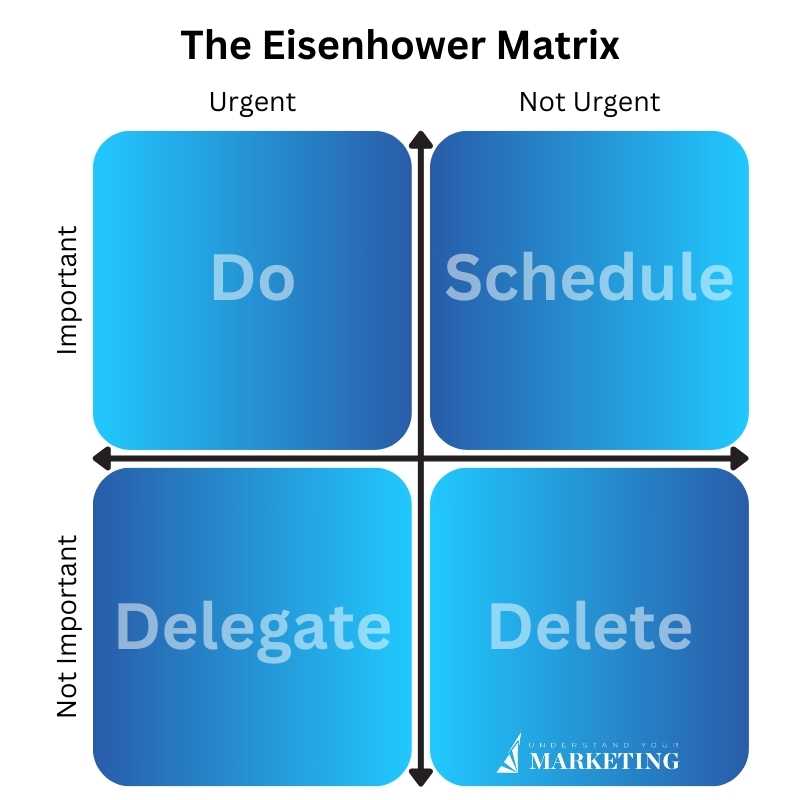The SWOT analysis is a strategic tool that empowers businesses to assess their internal strengths and weaknesses, while also identifying external opportunities and threats. In this article, we will explore what a SWOT analysis is. Further, this article delves into the art of conducting a SWOT analysis, providing you with a step-by-step guide to unlock its full potential. By the end of this journey, you will be equipped with the knowledge and tools to navigate the strategic landscape with confidence.
What is a Strategic SWOT analysis?
A SWOT analysis is a strategic planning tool that provides a comprehensive assessment of an organisation’s internal strengths and weaknesses, as well as external opportunities and threats. It offers a structured approach to evaluating the factors that impact a business’s performance and helps in developing effective strategies for success.
The acronym “SWOT” stands for Strengths, Weaknesses, Opportunities, and Threats. Let’s investigate each component.
Strengths
These are the internal attributes and resources that give a business a competitive advantage. They could include a strong brand reputation, a skilled workforce, proprietary technology, or superior customer service. By identifying and leveraging these strengths, organisations can capitalise on their unique assets to differentiate themselves from competitors.
Weaknesses
Weaknesses are internal factors that hinder a business’s performance or limit its growth potential. They may include outdated systems, inadequate infrastructure, or a lack of expertise in certain areas. Recognising and addressing these weaknesses is crucial to improving overall efficiency and competitiveness.
Opportunities
Opportunities are external factors in the market or industry that can be leveraged to create growth and success. These could arise from emerging trends, changes in consumer behaviour, or untapped market segments. By identifying and seizing these opportunities, businesses can expand their reach, launch new products or services, or enter new markets.
Threats
Threats are external factors that pose challenges or risks to a business’s viability and success. They may come from competitors, economic downturns, changing regulations, or disruptive technologies. Anticipating and mitigating these threats is crucial to minimising their impact and ensuring business continuity.
A SWOT analysis is typically conducted through a collaborative process involving key stakeholders within an organisation. It involves gathering relevant data, conducting market research, and analysing internal and external factors. The insights gained from a SWOT analysis enable organisations to make informed decisions, develop effective strategies, and align their resources and efforts towards achieving their goals.
The following section provides 8 steps to developing an informative and comprehensive Strategic SWOT analysis.
Step 1: Define Your Objective
Before embarking on a SWOT analysis, it is crucial to define your objective. Ask yourself: What do you hope to achieve through this analysis? Whether it’s launching a new product, entering a new market, or improving operational efficiency, a clearly defined objective will serve as your guiding star throughout the process. The impact of a strategy often dissolves due to the lack of clear and defined objectives. The SMART framework is a handy tool for designing effective goals and objectives. Read more about SMART goals here.
Step 2: Identify Internal Strengths:
Begin by assessing your internal strengths. These are the unique attributes and resources that set your business apart from the competition. They may include a talented workforce, cutting-edge technology, or a strong brand reputation. Take a holistic view of your organisation and identify the strengths that lie within.
Step 3: Evaluate Internal Weaknesses:
Next, turn your attention to internal weaknesses. These are the areas where your business may be falling short or facing challenges. It could be outdated systems, a lack of skilled personnel, or inefficient processes. Be honest in your assessment and identify areas that require improvement or attention.
Step 4: Explore External Opportunities:
Now, shift your focus to the external environment. Look beyond your organisation and identify opportunities that exist in the market. These could be emerging trends, untapped customer segments, or technological advancements. By recognising these opportunities, you can capitalise on them to fuel your growth and success.
Step 5: Analyse External Threats:
No strategic analysis is complete without assessing the external threats that may impact your business. These threats could come from competitors, changing regulations, or economic factors. By understanding and analysing these threats, you can develop strategies to mitigate their impact and safeguard your business.
Step 6: Synthesise and Prioritise:
Once you have gathered all the necessary information, it’s time to synthesise your findings. Look for patterns, connections, and relationships between the different elements of your SWOT analysis. Prioritise the most significant factors that will have the greatest impact on your objective. Particularly when it comes to larger organisations, deciding on what is a priority is often difficult as there can be many opinions. The Eisenhower Matrix is an effective way of prioritising tasks and insights.

Step 7: Develop Actionable Strategies:
With a clear understanding of your strengths, weaknesses, opportunities, and threats, it’s time to develop actionable strategies. Align your strengths with the opportunities identified, while also addressing weaknesses to overcome potential threats. Craft a comprehensive plan that leverages your strengths, minimises weaknesses, and maximises opportunities.
Step 8: Implement and Monitor:
Finally, put your strategies into action and closely monitor their progress. Regularly review and reassess your SWOT analysis to ensure its relevance in the ever-changing business landscape. Stay agile and adapt your strategies as needed to stay ahead of the curve. Learn more about the importance of implementation and strategy monitoring here.
In summary, a SWOT analysis provides a holistic view of an organisation’s internal strengths and weaknesses, as well as external opportunities and threats. By conducting this analysis, businesses can gain a deeper understanding of their position in the market, identify areas for improvement, and capitalise on opportunities for growth. It serves as a valuable tool in strategic planning, enabling organisations to make informed decisions that drive success.
The art of conducting a SWOT analysis is a skill that every business leader should master. By following these step-by-step guidelines, you can gain valuable insights into your organisation’s strengths, weaknesses, opportunities, and threats. Armed with this knowledge, you can make informed decisions, develop effective strategies, and chart a path to success.
Remember, conducting a SWOT analysis is an ongoing process. Continuously refine and update your analysis as your business evolves and stay ahead of the competition with a strategic mindset.
Want to learn more?
At Understand Your Marketing we believe that all consultancy should start with education. If you’re curious to learn more about strategic SWOT analysis and how they can help your business get ahead, contact our team and book a free strategy education session.



